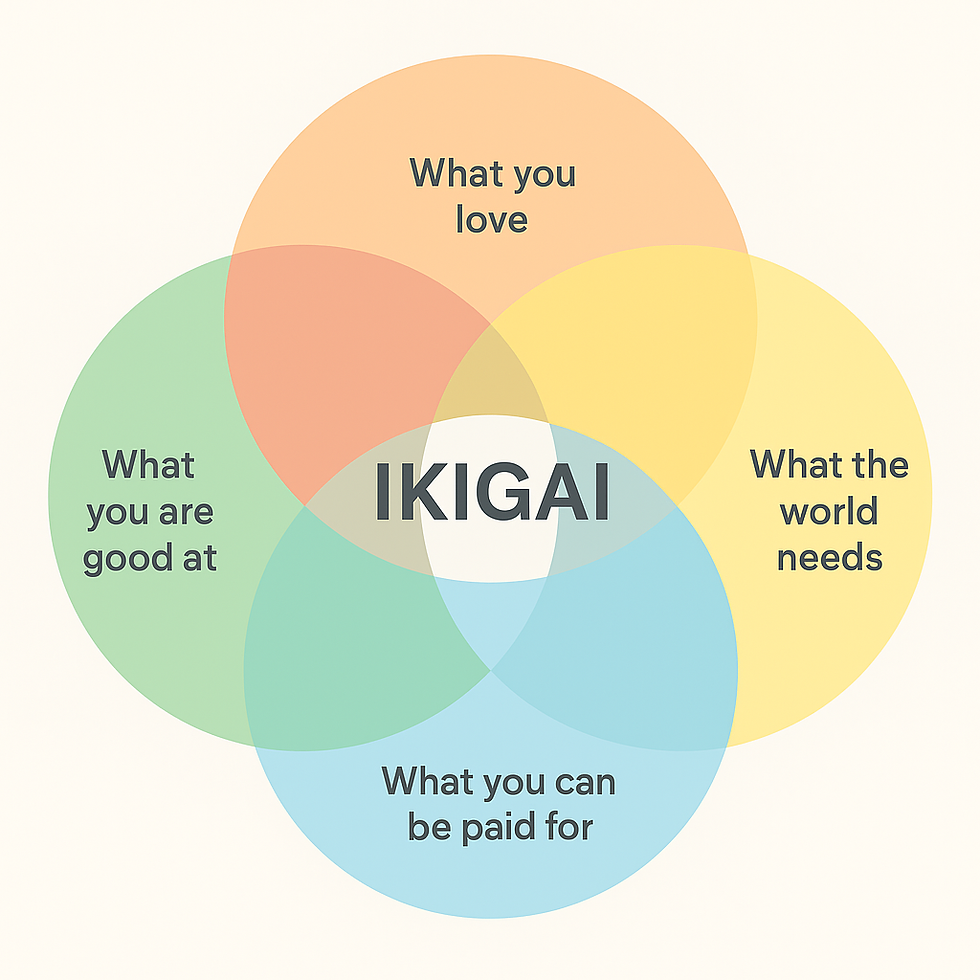Air-India Ahmedabad-London Flight Crash: Legal, Technical and Policy Analysis
- Navaneet Ravi

- Jun 15
- 3 min read
Updated: Jun 16
Air-India Ahmedabad-London Flight Crash: Legal, Technical and Policy Analysis
I. INTRODUCTION
On 12 June 2025, an Air India Boeing 787 Dreamliner, operating an Ahmedabad to London flight, crashed shortly after takeoff from Sardar Vallabhbhai Patel International Airport, Ahmedabad. The accident resulted in 241 fatalities out of 242 occupants, marking one of the gravest aviation tragedies in recent Indian history. This document integrates both the initial case data and expanded legal, technical, and policy analysis to serve as a comprehensive case study for UPSC and Law students.

II. INCIDENT SUMMARY
Date: 12 June 2025
Aircraft: Boeing 787 Dreamliner
Location: Near Sardar Vallabhbhai Patel International Airport, Ahmedabad
Fatalities: 241
Survivors: 1
Flight crew: 2 pilots and 10 cabin crew members
III. POSSIBLE CAUSES (AS PER INITIAL INVESTIGATION)
Loss of Engine Power: Extremely rare, but a complete loss could lead to immediate lift failure.
Bird Strike: Impact with birds may have caused technical malfunction.
Loss of Lift: Improper flap settings could reduce wing lift by up to 30%.
Technical Malfunction: Failure in flaps, hydraulics, or electronic systems.
IV. ROLE OF WING FLAPS
Trailing Edge Flaps: Critical for takeoff and landing; increase wing surface area and lift.
Boeing 787 employs multi-panel trailing edge flap system with advanced sensors, redundancy, and asymmetry protection.
Failure in flaps affects both takeoff and landing performance significantly.
V. INITIAL REGULATORY RESPONSE
The Directorate General of Civil Aviation (DGCA) and Aircraft Accident Investigation Bureau (AAIB) initiated a comprehensive investigation, with technical assistance sought from international agencies such as the US National Transportation Safety Board (NTSB) and European Union Aviation Safety Agency (EASA).
VI. INDIAN LEGAL FRAMEWORK
A. Aircraft Act, 1934 & Aircraft Rules, 1937
DGCA empowered to regulate civil aviation safety, licensing, and certification.
Safety standards governed by Civil Aviation Requirements (CARs) under Rule 133A.
B. Aircraft (Investigation of Accidents and Incidents) Rules, 2017
Establishes AAIB as independent investigative authority.
Investigation focuses on technical causes, not criminal liability.
C. Carriage by Air Act, 1972 & Montreal Convention, 1999
Implements international carrier liability.
Provides strict liability up to 128,821 SDRs (~INR 1.4 crore per passenger).
Families can claim additional compensation by proving negligence.
VII. JUDICIAL PRECEDENTS & LEGAL REMEDIES
A. Triveni Kodkany v. Air India (2020)
Supreme Court directed liberal compensation based on full salary, future prospects, and non-pecuniary damages.
B. Brahma Shankar Mishra v. Air India (1999)
Contractual limits cannot override statutory entitlements.
C. Consumer Protection Act, 2019
Allows victims' families to file claims for deficiency of service.
D. Fatal Accidents Act, 1855 & Indian Penal Code
Additional civil and criminal remedies available depending on circumstances.
VIII. INTERNATIONAL LEGAL FRAMEWORKS
A. ICAO Annex 13
Governs global standards for air accident investigations.
Requires independence, transparency, and international cooperation.
B. U.S. National Transportation Safety Board (NTSB)
Fully independent investigative authority.
Focuses solely on fact-finding and safety recommendations.
C. European Union Model (EASA & ENCASIA)
Fully independent safety investigation authorities.
Stronger separation between regulators and investigators compared to India.
IX. LEGAL ACCOUNTABILITY MATRIX
X. REGULATORY GAPS & REFORMS
Outdated Aircraft Act, 1934 needs modernization.
Bharatiya Vayuyan Vidheyak, 2024 proposed for comprehensive reform.
Need for enhanced independence and professionalization of DGCA and AAIB.
Stronger legal framework for manufacturing and certification.

XI. POLICY RECOMMENDATIONS
Enact Bharatiya Vayuyan Vidheyak, 2024 promptly.
Strengthen AAIB's autonomy and independence.
Professionalize leadership in DGCA and AAIB with technical experts.
Mandatory third-party audits and public accountability mechanisms.
Increase compensation limits and update SDR calculations.
Institutionalize judicial or parliamentary oversight of accident investigations.
XII. CONCLUSION
The Ahmedabad air crash underscores the critical need for systemic legal, regulatory, and policy reforms in India’s civil aviation sector. For UPSC aspirants and law students, this case serves as a practical demonstration of aviation law, administrative accountability, international treaties, and consumer rights in India’s evolving regulatory framework.
Media Team | Indus IAS Academy
For details: 📞 Call us at: 748 391 5006📍Indus IAS Academy







Comments